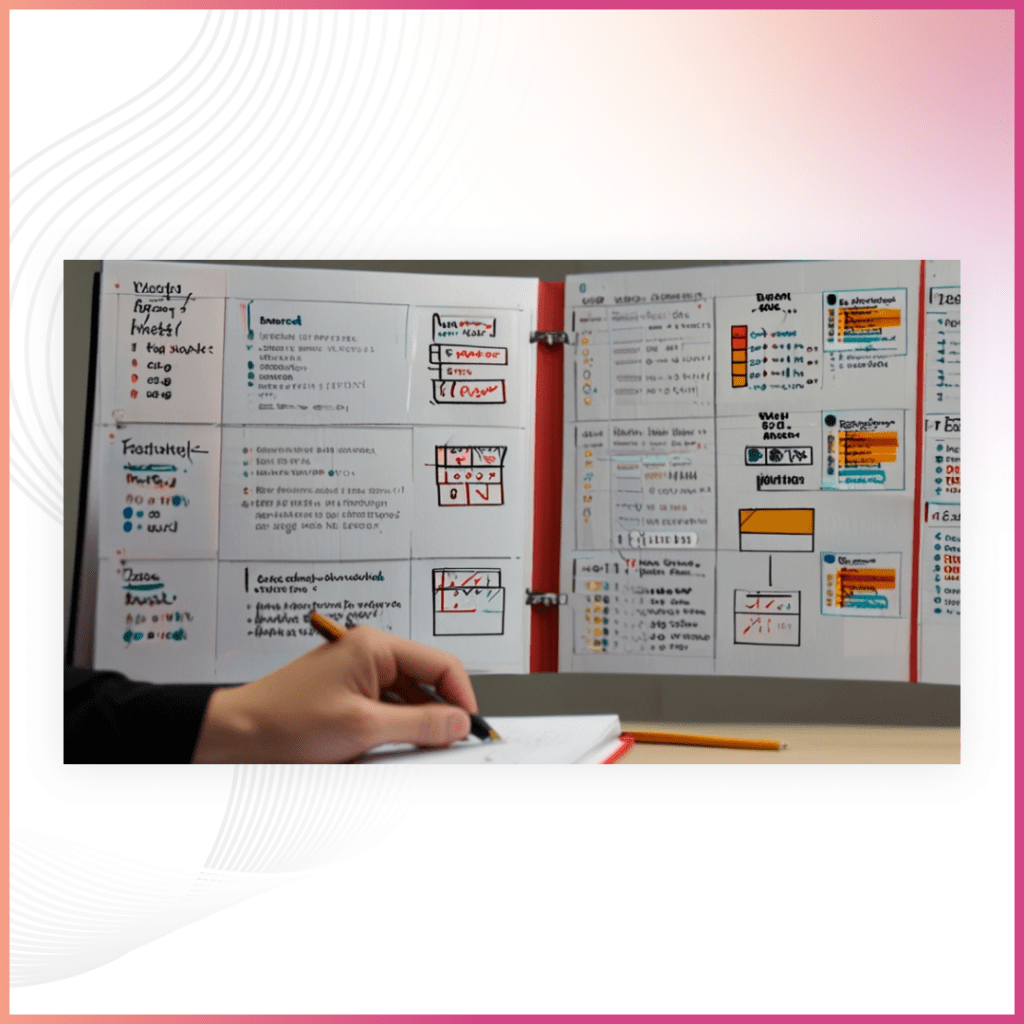Why are corporations more eager than ever to hire anthropologists? There is a rationale for this. It’s not difficult to see why. The difficulty comes in a world when everything is more connected, everything is recorded, and 97% of organizations invest in big data and artificial intelligence. How can we ingest, analyze, and contextualize these huge datasets in such a way that they contribute to the attainment of the data’s intended purpose? Read below to learn more about what ethnographic research is.
Anthropology and Ethnography
For decades, we in the area of anthropology have worked with quantitative data and the most effective tools for analyzing it, and we are well aware of the critical role of contextual information in statistical analysis. We have a whole system in anthropology for contextualizing enormous amounts of data on human behavior that we utilize on a daily basis. In this instance, ethnography is used. Read below to learn what ethnographic research is.
Schedule Your FREE Consultation
What is Ethnographic research, and how is it distinguished from other types of study?\
Ethnographic Research is an anthropological method. It is the examination and depiction of a specific culture or set of civilizations. As user-centered design gains popularity, ethnographic research methodologies are becoming more prevalent in product development. Due to the fact that ethnographic research is conducted in a real-world setting, it provides a number of significant advantages over other methods of research. Now you have got the answer to what is ethnographic research.
Methods Related to Ethnographic Research
The ethnographic study is as diverse as its central focus: culture. Along with field research, terminology such as site visits and contextual inquiry is used to define this form of study. A more broad definition would be a state of mind that enables the researcher to obtain a deeper grasp of the user group’s motives and pain points through observation. The term “ethnographic methods” refers to those associated with ethnography.
In our perspective, a comprehensive, immersive “live and work” ethnography is rarely essential in the field of user-centered design. On the other hand, for user-centered projects, brief ethnographic investigations may be extremely beneficial. For instance, to gain a deeper understanding of a merchant bank’s trading and operating environment, a usability expert might conduct ethnographic research by working and socializing with the bank’s workers for a month.
Participant observation, interviews, and surveys are just a few of the methodologies available in anthropological research. Utilizing any of these anthropological perspectives can contribute to the development of a more comprehensive understanding of a design issue. Usability specialists commonly utilize these to obtain a better understanding of the relevant domain, audience, methods, goals, and context(s) of usage. Now you understand what ethnographic research is and its importance.
What is ethnographic research in a given situation?
Ethnographic Research can be quite valuable during the early stages of a user-centered design project. This is because ethnography’s primary objective is to get an understanding of the design challenge. It is more prudent to do ethnographic research at the outset of a project to inform future design decisions (which will happen later in the user-centered design process).
When confronted with the most complex and/or important design issues, ethnographic methods are frequently recommended. When confronted with more complex design difficulties (in terms of domain or audience, method or aim, and/or context of use), an ethnographic inquiry is more likely to be essential. Ethnographic Research may also be required in extremely complex systems where failure or inaccuracy could have catastrophic consequences if not handled swiftly.
Consider the scenario of an insurance company that desires to reassess its claims handling procedures. Over the course of several years, this system evolved into a synthesis of several preceding systems. Claim processing is one of the most sophisticated components of this “system of systems.” There are other choices, including ethnographic research in this instance. With this you have learnt “What is ethnographic research in a given situation.”
Numerous Advantages of Ethnography
A significant advantage of ethnographic research is that it can assist in the discovery and interpretation of unexpected events. When performing research that is not based on in-person observation or contact, it is all too simple to overlook previously unnoticed concerns. This may occur when no questions are asked or when respondents fail to bring forward pertinent information throughout the interview. Having an ethnographic researcher on-site helps lessen this risk, as the researcher will (hopefully) uncover any concerns that require immediate attention.
Another critical element of ethnography is its capacity to provide a comprehensive and accurate portrayal of people’s behavior and views. Due to the subjective nature of ethnographic research, when conducted by a qualified researcher, it may be extremely beneficial for identifying and analyzing key user attitudes and experiences.
In opposition to ethnographic research, one of the most frequently leveled objections is its duration. Even while ethnographic investigations do not frequently require a substantial amount of time, this is an important factor to remember. Due to the volume of data generated and analyzed, ethnographic research takes significantly longer to complete and analyze than many other methodologies.
Previous ethnographic research has established, among other things, that respondents do not always act spontaneously during a brief research session. When investigations are conducted over an extended length of time, individuals develop a sense of trust for the researcher and/or become wary of any pretense.
- Ethnography is perilous
For the reasons stated earlier, ethnographic investigations comprise the researcher seeing and interacting with individuals who are present in the situation intended to be facilitated by the (future) design. The following aspects of ethnographic research are particularly vulnerable.
- Researcher
Anthropologists must be trained in order to avoid all of the potential dangers involved with ethnographic research. These include the depth and detail of observations, as well as the likelihood of bias (and errors) in data collecting and processing.
- Subjects
To be representative of the broader user community, any research must include a diverse range of themes (assuming that the study has been designed this way). Additionally, subjects must be forthcoming and truthful with the researcher to ensure the study’s success. Without a doubt, the caliber of the researchers and their involvement in the study’s design has a direct bearing on these difficulties.
In light of the previous, we can conclude that the vast majority of hazards involved with ethnographic research are related to the researcher’s behavior, either directly or indirectly. This, of course, indicates that the ethnographic researcher chosen is essential to the study’s outcome. Our team of pros recommends hiring a researcher with a track record of effective engagement in a variety of fields.
- Ethnographic Research Presents Difficulties
If you’ve arrived at this point, you’ve probably felt compelled to incorporate ethnographic research into your product design processes. However, there are a few points to consider when organizing your trip.An ethnographic study, too, has limitations. For example, sample sizes are frequently tiny and unique, making generalization problematic.
An ethnographic study, too, has limitations. For example, sample sizes are frequently tiny and unique, making generalization problematic.
While investigators are developing a study plan and initiating user research, they do not have a hypothesis. The theory develops as they conduct their investigation. This can be problematic in a lean workplace where teams are primarily focused on hypothesis testing. (This can be accomplished through the use of a mixed-methods approach.)
Researchers must have confidence in their capacity to communicate with others and be open to considering various viewpoints. Consider viewing the world through the eyes of your customers rather than simply collecting data.
The Benefits of Ethnographic Research
Ethnographic methodologies add value to your product team in two ways.
This benefits the product team since it enables them to develop empathy with the user group for which they are designing.
- This is an example of a distinct form of empathy. Rather than the one that enables you to appreciate another’s anguish, it is the one that permits you to see things through their eyes. Understanding why consumers behave in specific ways is doable, but it will require a shift in your mentality. Every phrase should begin with, “If I were that user in that environment, I would probably do it this way or that.” By pursuing this method, you will be more equipped to meet your users’ expectations. From a developer’s perspective, you’d almost certainly take a different approach. In other words, if you understand why people behave the way they do, you can develop a level of empathy that will prove extremely beneficial when it comes to providing critical insights for product creation.
- Numerous teams have no direct touch with the end-users of their goods. This can be prevented by spending time with users in their natural surroundings, which enables a more nuanced knowledge of their needs and expectations. They will be viewed as people by team members, who will thus be able to comprehend the user group’s diversity of opinions. Additionally, the team may take delight in recognizing that there are a diverse variety of consumers with diverse aims and circumstances, allowing them to produce unique and novel solutions for them.
Conclusion
When conducted with care and systematicity, you can see what ethnographic research is and how it is described as the observation and recording of someone or something in order to gain knowledge. This data may result in the creation of novel concepts that provide products with a competitive edge in the market. Through case studies, this article illustrates ethnographic research-driven innovation. It is critical to educate designers on ethnographic methodologies for detecting compensatory and deviant behavior, as well as behavioral oddities and irritants. When it comes to problem-solving, designers can use this tool to create unique concepts that satisfy their clients’ requirements. We at UIUX Studio provide you with some of the best ethnographic services. We also work with industries of AgriTech and IT.


